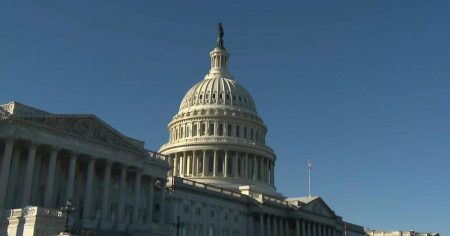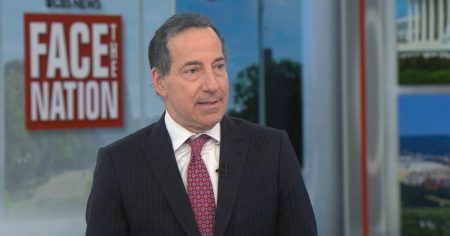Understanding the NIH Funding Cuts and the 22-State Lawsuit: A Comprehensive Overview
Introduction: The NIH and Its Role in Medical Research
The National Institutes of Health (NIH) is a pivotal institution in funding medical research in the U.S., supporting numerous hospitals, universities, and research institutions. Its grants are crucial for advancing medical knowledge and innovation, particularly in areas like cancer and heart disease research.
The 22-State Lawsuit Against the Trump Administration
Twenty-two states have filed a lawsuit against the Trump administration, challenging its decision to reduce NIH indirect cost reimbursements from 27-28% to 15%. These costs cover essential expenses such as facilities, utilities, and lab maintenance. The states argue this cut is unlawful, detrimental to public health, and economically harmful. They view it as a political maneuver that will reduce research output and lead to job losses.
Impact on Medical Research and Institutions
The reduction in funding threatens research projects, potentially hindering progress in critical areas like cancer and heart disease. Hospitals and universities are concerned that diminished support for infrastructure will force them to scale back research activities, leading to layoffs and lab closures.
Political Maneuvering and Historical Context
This is not the first attempt by the Trump administration to cut NIH funding. A previous effort to cap indirect costs at 10% during Trump’s first term was blocked by Congress. The current cuts are perceived as an end-run around Congressional oversight, raising concerns about the administration’s authority to unilaterally alter funding structures.
Responses and Rebuttals from Institutions and Officials
Research institutions argue that indirect costs are negotiated based on real needs and that arbitrary caps ignore this process. A former federal health official emphasized that these negotiations are rigorous, ensuring funds are used efficiently. Capping rates without consideration for actual costs undermines this careful planning.
Broader Implications and Legal Arguments
The lawsuit likely contends that the administration overstepped its authority, as changes to NIH funding may require Congressional approval. Critics argue the cuts are arbitrary and disregard the infrastructure essential for research. The case highlights broader issues of executive power and the importance of maintaining robust funding for medical research.
In summary, the dispute over NIH funding reflects a clash between fiscal conservatism and the need to sustain critical medical research. As the lawsuit progresses, it will test the boundaries of executive authority and the future of medical research funding in the U.S.












